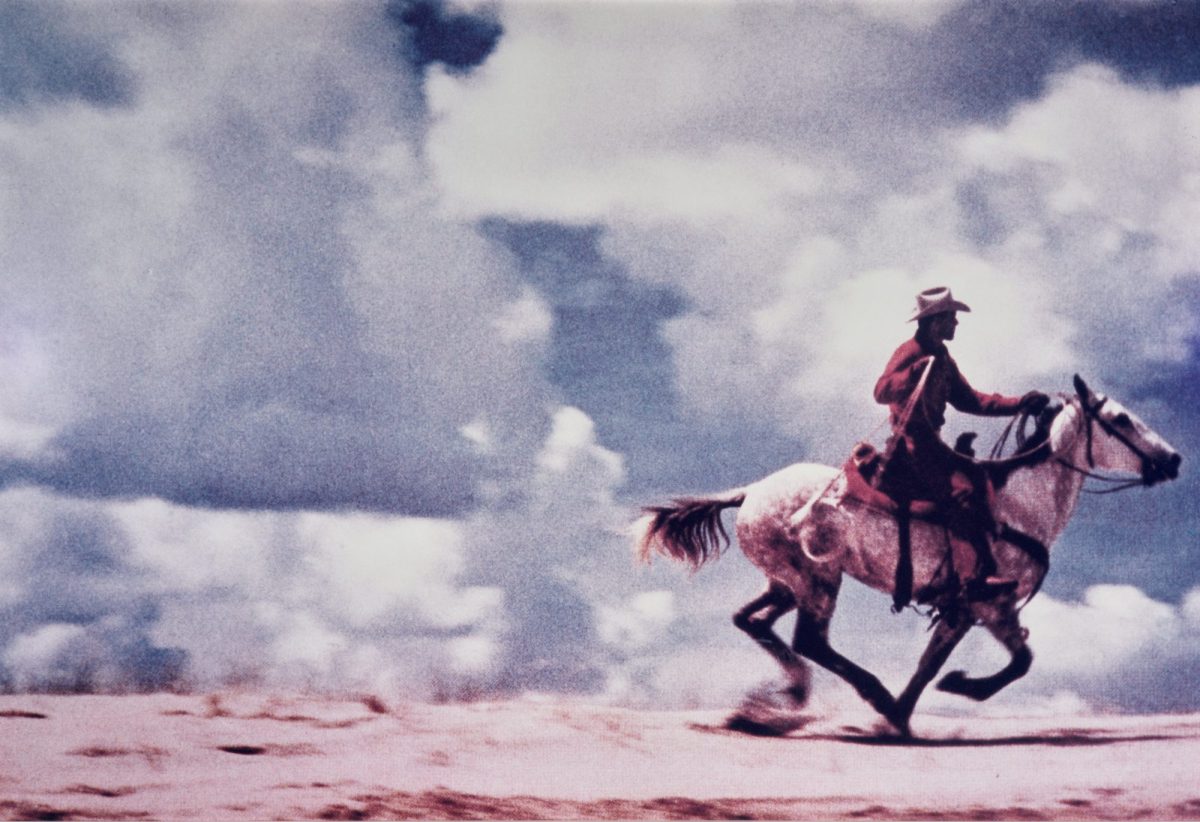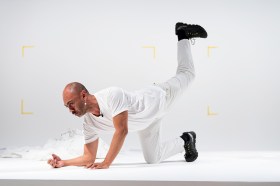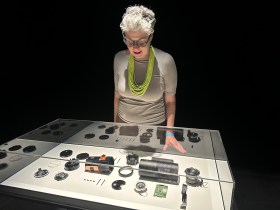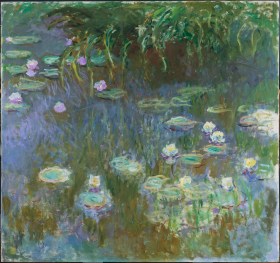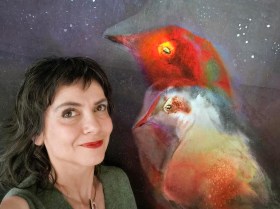The Object Lesson: quick links
German sculptor and photographer Thomas Demand returns to Sydney with a new exhibition, The Object Lesson, his second Kaldor Public Art Project (and the 38th in the series overall).
The exhibition succeeds in making its artworks approachable, while still leaving plenty of room for deep engagement. As a free show, with some blockbuster artists on the walls, it’s a great fit for all audiences.
Interestingly, The Object Lesson, open now and showing over the summer at the Art Gallery of New South Wales, places Demand in the role of a curator instead of highlighting his own works.
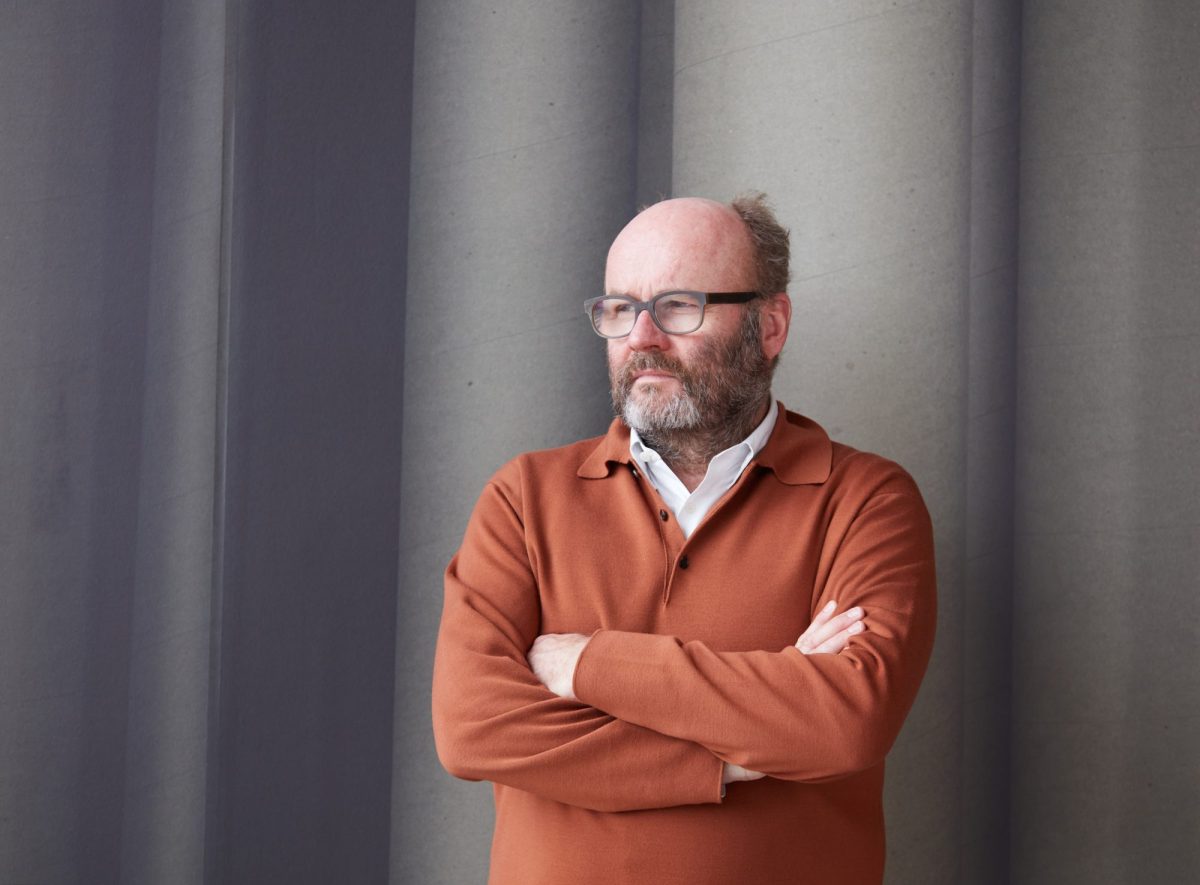
It’s a striking gambit, one that provides new perspectives on Demand’s own work, but also on the works from the Kaldor collection, their relationship to one another, and the artistic process itself.
Object Lesson: demystifying art
As the exhibition’s name suggests, it also demystifies art; hauling it down from the pedestal for closer examination, albeit with care and attention. It’s accessible, but not irreverent.
Works selected from Christo, for example, include Wrapped paintings (1968) – a bundle of, unsurprisingly, wrapped paintings – and a preparatory sketch for Wrapped Coast (1968), the first Kaldor project. They’re not the most attention-grabbing items from the Christo canon, but they both demonstrate a line of investigation into the idea of artwork as object, and object as artwork.
That’s a thread that runs through the works on show, from Nam June Paik’s representations and reconfigurations of television sets, to Jeff Koon’s bronze sculpture of a basketball, to Aleks Danko’s Log Dog (1970): a log with a dog collar.
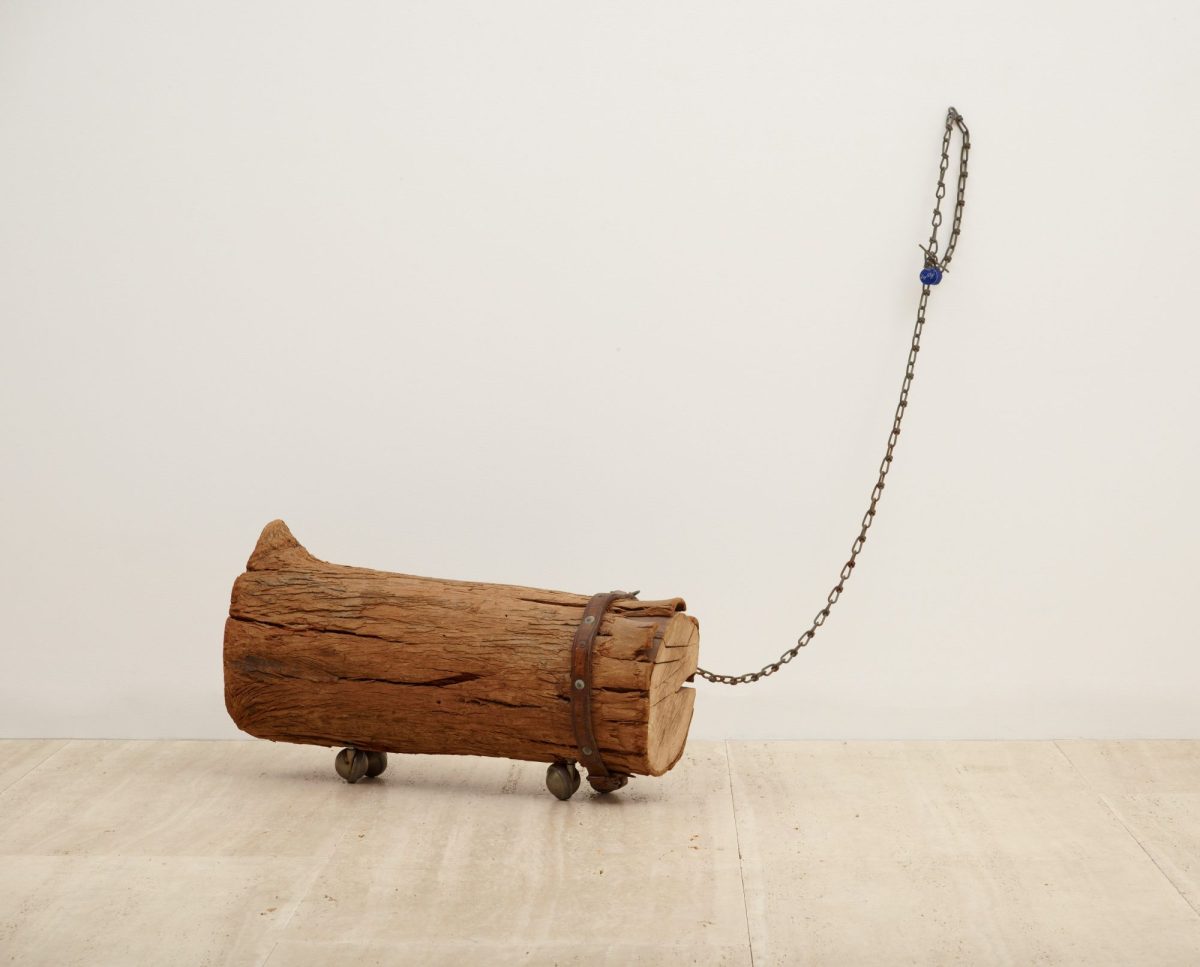
Object Lesson: melancholy and levity
There are moments of both melancholy and levity, sometimes combined in the same work. Francis Alÿs’ Sleepers II (2001) collates the potential for humour and horror in its collage of dogs and people falling asleep on the street.
Bill Viola’s Incrementation (1996) combines close-up video portraiture with a counter, enumerating the artist’s breaths. It’s intense, ominous, and a little bit funny.
One of the key artists of the exhibition is Sol Lewitt, whose work greets visitors in the form of the pencil-and-ink drawing The location of twenty-one lines with lines from midpoints mostly (1974). It’s a tiny little sketch which encapsulates an idea, a process and a final product.
That drawing became a schematic for Demand in building the exhibition, both conceptually and formally. The layout is inspired by the work, with the space partitioned by hanging walls in a configuration modelled after the drawing’s lines. The visitor is essentially invited inside the artwork itself.
Object Lesson: heft and delicate ease
In fact it’s those walls which leave more of an impression than the artworks they host. They combine heft and solidity with delicate ease, and are covered in bright, silkscreen-printed colours. Cutaway windows leave elements of their pine-and-plywood engineering visible.
Wandering and getting lost among them is an experience like a backstage tour of the Play School set dressing, or an afternoon at an IKEA showroom: flowing through a labyrinth of pleasant, colourful, and sometimes arresting, design.
Object Lesson: ambient
Demand, whose work and career reflect an interest in architecture and interior design, has created an exhibition that is more ambient than confrontational.
There’s plenty to chew on when it comes to the artworks, but it’s equally possible to find yourself absorbed by the colours, or by how the shadows and temperature shift in different parts of the room.
Both precise and effortless, but holding the possibility of a challenge, The Object Lesson offers whatever the viewer wants. It can be thought-provoking, or just a nice afternoon at the gallery. In either case, it’s worth a visit.

